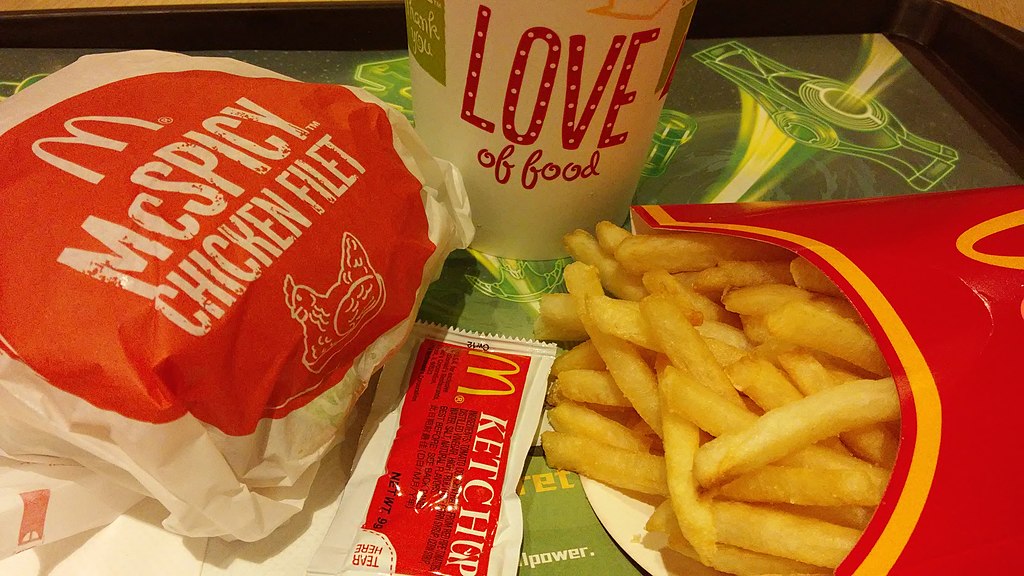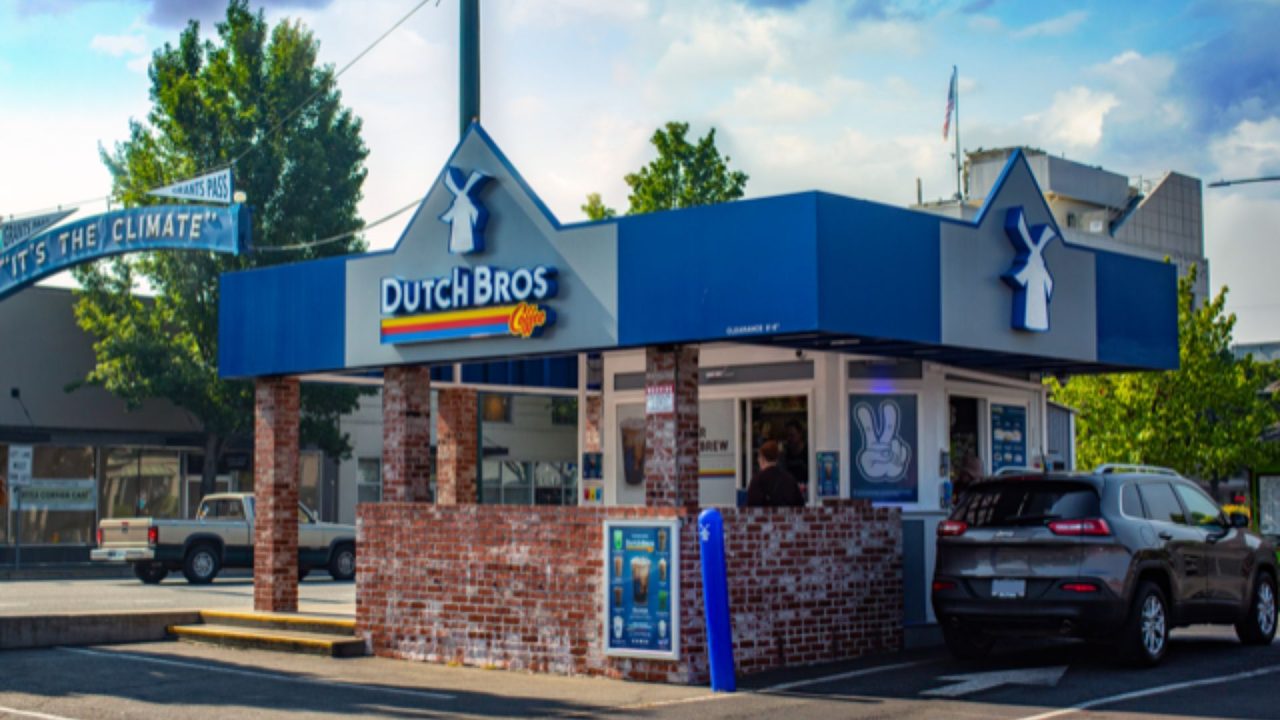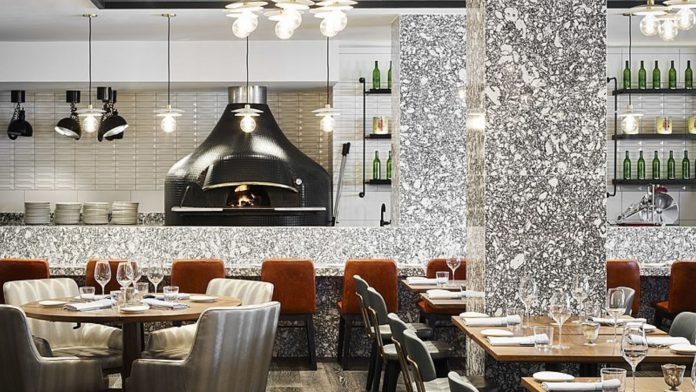When Portillo’s, based in Chicago, expands into a new market, it precedes its restaurant openings with its famous “Beef Bus,” serving up its signature hot dogs and Italian beef sandwiches to eager customers for weeks. This tactic not only introduces the brand but also builds anticipation before the grand opening.
CEO Michael Osanloo highlighted the company’s strategic focus on the Sun Belt region, citing the remarkable population growth in states like Texas, Arizona, and Florida over the past decade.
“Texas, by itself, has grown more people in the last decade than eight midwestern states that we have a presence in combined,” Osanloo pointed out. He emphasized the logic of expanding where population growth is most significant.
Osanloo noted that Portillo’s sales are notably stronger in Sun Belt states compared to their Midwestern counterparts like Indiana and Wisconsin. The chain’s debut in Texas, for instance, generated an impressive $13 million in sales within its first year, equivalent to a blockbuster hit at the box office.
The term “Sun Belt” typically refers to the southern third of the United States, known for its sunny weather and rapid population growth.
This trend has been particularly pronounced during the COVID-19 pandemic, with many individuals and families seeking warmer climates, more space, and lower living costs. Cities like Charlotte and Phoenix have experienced significant population increases, alongside major Texas hubs like Houston and Dallas.
The surge in population has made the Sun Belt an attractive target for restaurant expansion. Even smaller chains are prioritizing this region over traditional markets like the Midwest or Northeast.
Established players like McDonald’s are also ramping up their presence in areas where they are currently underrepresented.
Justin Greider, senior vice president of Florida retail at real estate firm JLL, emphasized the symbiotic relationship between population growth and retail development.
He explained, “We always say that retail follows rooftops, so when you’ve got lots and lots of people moving to an area, there’s lots of demand.” This influx of residents, combined with increased consumer spending on dining out, creates an ideal environment for restaurant growth.
However, it’s not just the restaurant industry that’s eyeing the Sun Belt for expansion. Companies like American Airlines are adjusting their flight routes to accommodate the shifting population, while retailers like Macy’s are opening smaller stores in suburban areas.
Real estate investment trusts (REITs) that have invested in the region early on, such as Phillips Edison & Company, are reaping the benefits of the southern migration by seeing increased foot traffic in their shopping centers.
“An Encounter of Golden Arches & Golden Rays”
Despite being the third-largest restaurant chain in the U.S. in terms of store count, McDonald’s has been relatively slower in capitalizing on the Sun Belt’s growth compared to some competitors.
Manu Steijaert, McDonald’s Global Chief Customer Officer, acknowledged this lag during the company’s investor day in December, stating, “In our U.S. markets, our store counts have grown much slower than the population in the fastest-growing areas. We do have a significant opportunity to right-size that ratio.”

McDonald’s is now gearing up to address this gap by planning to open 900 new restaurants across the U.S. by 2027, with a particular focus on states like Florida, Texas, Arizona, Georgia, and North Carolina, according to JPMorgan.
Justin Greider highlighted that McDonald’s, due to its already extensive presence, hasn’t been as proactive in expanding into the Southeast compared to other regions.
However, other chains have been quicker to recognize the potential in the Sun Belt. Greider pointed out that Raising Cane’s, Chipotle Mexican Grill, and Starbucks have been actively expanding their presence in these areas even before the pandemic.
In addition to these well-known chains, Greider noted a trend of restaurants with chef-driven concepts from cities like New York and Chicago moving southward.
He explained, “In the back half of [the pandemic] and post-Covid, we saw numbers of full-service and chef-driven restaurant groups that have pushed hard into the Sun Belt because they’ve seen that’s not just where there’s great opportunities for growth, but where their existing customers have been relocated.”
One notable example is New York City’s renowned dining destination Carbone, owned by Major Food Group, which opened a location in Miami in 2021 and another in Dallas in 2022.
“Chains See Opportunity in Warm Weather”
For regional chains eyeing nationwide expansion, the Sun Belt represents a promising avenue to enlarge their customer base among those already familiar with the brand.
Take, for instance, the 89-year-old chain Friendly’s, primarily rooted in the Northeast since its inception in Massachusetts in 1935. However, under new ownership, the brand is poised to venture beyond the Mississippi River for the first time.

Brix Holdings took over Friendly’s in 2021, following the company’s Chapter 11 bankruptcy filing. Despite a substantial reduction in its footprint from 850 restaurants during its peak to just over 100 locations at the time of acquisition, the chain’s sales are on an upward trajectory again, as noted by Brix Holdings CEO Sherif Mityas. This resurgence presents a strategic opportunity to expand Friendly’s reach.
Mityas expressed, “More strategically, from a growth perspective, we want to start moving west.” Many of Friendly’s patrons grew up with the brand in the Northeast before migrating to the Sun Belt. Additionally, the chain’s renowned ice cream offerings resonate particularly well in warmer climates, rendering the Sun Belt a more favorable business environment than the Midwest.
Similarly, warmer weather serves as a driving force for coffee chain Dutch Bros.’s strategic focus on the Sun Belt.
Dutch Bros. CEO Christine Barone elaborated in a January interview with CNBC, “More than 80% of our business is cold [drinks], so we find that warmer markets do better — but that doesn’t mean we wouldn’t do well in Minneapolis or the Great Lakes region or the northeast, but we’re just staying out of those for now.”
The chain plans to inaugurate 150 new locations this year, with a predominant focus on Texas and Southern California. Over the next 10 to 15 years, Dutch Bros. aims to establish at least 4,000 locations, envisioning a geographical spread resembling a smiley face across the U.S., starting from California, extending to Texas, and looping back up to Virginia.
“The Sun Belt’s Favorable Business Environment”
The Sun Belt’s reputation for being conducive to business growth has significantly contributed to its ascendancy. Seven out of the top 10 states in CNBC’s America’s Top States for Business in 2023 were situated in this region.
While there are exceptions, such as California’s impending increase in fast-food wages, states like Texas and Florida have actively promoted their lower taxes and relaxed regulations to attract businesses. Texas, in particular, has surpassed California and New York for two consecutive years in terms of hosting the most Fortune 500 companies.
Kevin Schimpf, Director of Industry Research at Technomic, explained, “In addition to the population growth dynamics, many states in the Sun Belt region have ‘friendlier’ business environments that are also appealing to restaurant operators.” He elaborated, “Things like fewer restrictions on franchising, lower labor costs, and less red tape on new commercial developments.”
This business-friendly atmosphere is a key factor driving Friendly’s expansion plans, particularly as the chain aims to recruit franchisees to operate its new locations.
“From an entrepreneur perspective, and a business perspective, the Sun Belt is really growing faster than the rest of the country,” noted Mityas.


